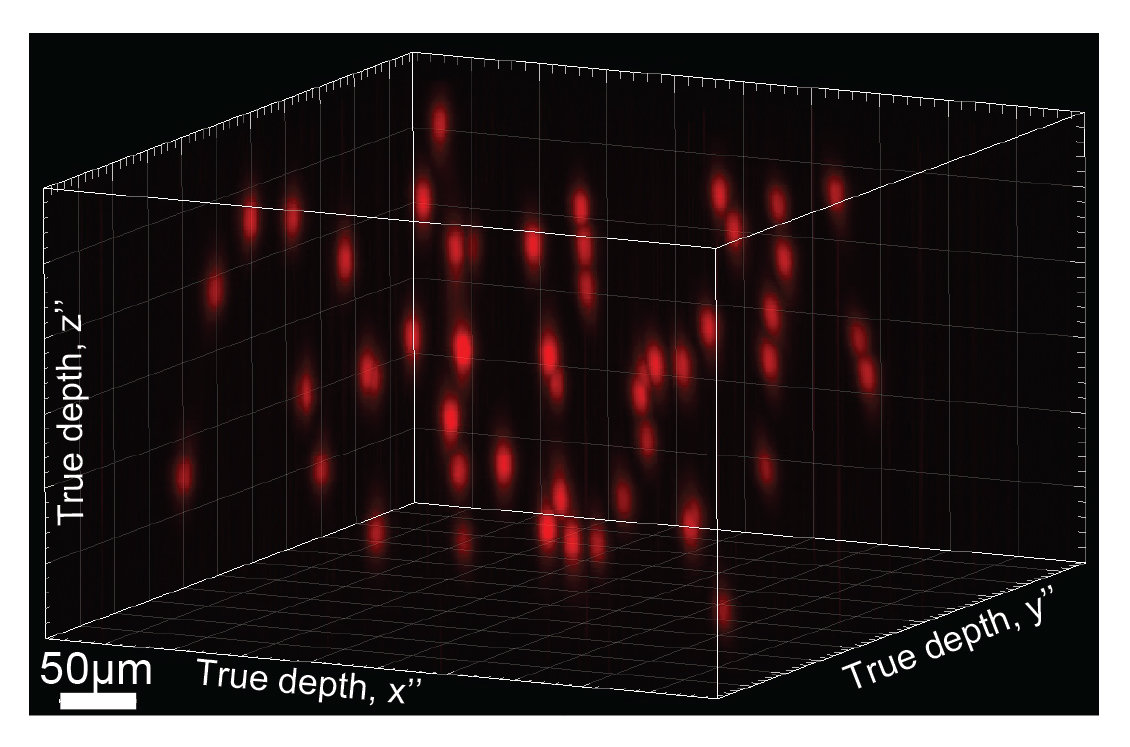Editing brain activity with holography

The research of Associate Prof. Laura Waller is highlighted in a Berkeley News article titled “Editing brain activity with holography.” Waller is co-author of a paper published in the journal Nature Neuroscience that describes a holographic brain modulator which can activate up to 50 neurons at once in a three-dimensional chunk of brain containing several thousand neurons, and repeat that up to 300 times a second with different sets of 50 neurons. The goal is to read neural activity constantly and decide, based on the activity, which sets of neurons to activate to simulate the pattern and rhythm of an actual brain response, so as to replace lost sensations after peripheral nerve damage, for example, or control a prosthetic limb. “The major advance is the ability to control neurons precisely in space and time,” said Waller’s postdoc Nicolas Pégard, who is a first author of the paper. “In other words, to shoot the very specific sets of neurons you want to activate and do it at the characteristic scale and the speed at which they normally work.”